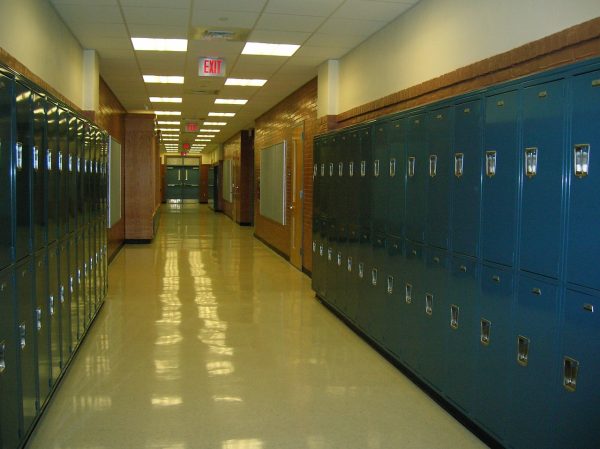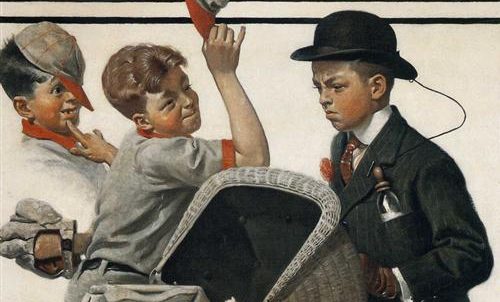The Inadequacies of the U.S. Schooling System
School is not a new concept. People have been teaching the younger generations various lessons since the beginning of humankind. Albeit those lessons were probably about hunting and gathering, they were still lessons nonetheless. These lessons were also not taught in formal schools, but informally, by parents to their children. Even the earliest “schools” weren’t like today, they were more about teaching religious matters. You see, while school is not a new concept, school as we know it today is a very new application. The school system we know and -sometimes- love today, was created in 1837 by a man named Horace Mann. He brought a non-secular schooling system with a core curriculum and compulsory attendance. This was also the time where standardized testing was introduced. Although the standardized test results back then had a very different use than what they do now. Back then, these results were used to evaluate schools, teachers and the quality of education being administered to the students. They were NOT used to evaluate the “smarts” of the students. The whole reason Horace Mann created the standardized test was to try and bring equality, so that no matter the background of people, they could take the impartial test and be evaluated. Even this failed, as Mann did not take into consideration that students from higher socioeconomic backgrounds had more resources and money to help prepare for these tests, and in turn, they received better scores on them. This system of education that we know today, is inherently flawed.
In this current schooling system, our socioeconomic status severely affects our quality of education. A person’s socioeconomic status is based on their occupation, education, income, or wealth. All of these factors are also affected by race and gender. People who are poorer are more likely to be living in a poor neighborhood, since they are living in a poor neighborhood, they most likely are going to a school with fewer resources and a lower quality of education than those schools in the richer neighborhoods. The kicker is that this person I’m describing, is most likely a person of color. According to the American Psychological Association, “39 percent of African-American children and adolescents and 33 percent of Latino children and adolescents are living in poverty.” That is very high compared to the 14 percent of White people living in poverty. This all circles back to the U.S. schooling system and how it helps rich white people more than anyone else. The quality of education is also one of the biggest factors in occupation, so people of color with statistically lower qualities of education, receive lower-paying jobs than their white counterparts with the exact same qualifications. We need to realize that the way our schools work right now is failing. We are not bringing equal opportunities to all our students. This is not even mentioning the gender gap in achievement in education. Schools are built in such a way that they have some big disparities in achievement based on gender. In some subjects, males perform higher in class than women, but in the same subject, women get higher standardized test scores. We also see the reverse in various subjects. This is due to the fact that students learn in different ways. There are no physiological differences between the two sexes that contribute to this. This disparity is due to the way our school system is built.
I urge you as students to further educate yourself on this issue. Real change cannot happen with us constantly fighting for it. Below are reputable sources on this issue. I truly believe that we can fix these mistakes of the past. Take positive action, strive for high roles in the education system, so that we can make a change directly.
Sources:
https://www.apa.org/pi/ses/resources/publications/minorities
https://ed.lehigh.edu/news-events/news/history-standardized-testing











